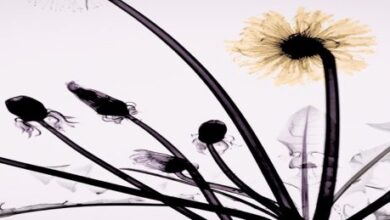An Alternate Eared Grebe – Reflections of the Natural World
One Moment in Nature is a reflection back in time to a moment of discovery as I explored the natural settings around me. Through the sharing of this moment, is my hope that readers will become motivated to learn more about our environment and its inhabitants, and become passionate advocates for conservation. One Moment in Nature is a Reflections of the Natural World Blog Post Series by Jim Gain
THE EARED GREBE MOMENT – Almost cosmopolitan in distribution, the Eared Grebe (Black-necked Grebe in Europe) is the most widespread grebe in the world. Birders in California’s Central Valley recognize it as one of the wintering waterbirds that are commonly encountered in lakes and large ponds between October and April. During this timeframe the Eared Grebe features a rather drab dark gray and white plumage. However, on this day in late May, this particular Eared Grebe was sporting its dashing breeding plumage with brilliant golden ear tufts. The jet black head feathers, glowing red eyes and bright yellow ear plumage was nothing short of spectacular.
WHAT’S IN A NAME – The generic name, Podiceps, comes from two Latin words: podicis, meaning ‘vent’ or ‘anus’, and pes meaning ‘foot’. This is a reference to the attachment point of the bird’s legs at the extreme back end of its body. The specific epithet nigricollis is Latin for ‘black-necked’: niger means ‘black’ and collis means ‘neck’.
NAME GAME GONE WRONG – “Black-necked grebe” has been designated the official name by the International Ornithological Committee (IOC). Both common names for this species (Black-necked and Eared) refer to features visible when the bird is in its breeding plumage; in such plumage, it has an all-black neck and a spray of golden plumes on each side of its head. The name “eared grebe” is nearly a century older than the name “black-necked grebe”. The latter was first used in 1912 by Ernst Hartert, in an effort to bring the common name of the species in line with its scientific name, and/or to avoid the long history of confusion between the vernacular name “eared” with the scientific name of the horned grebe Podiceps auritus (auritus, Latin, ‘eared’). The name “eared grebe” is still used in North America to refer to this bird.
DISTRIBUTION AND STATUS IN CALIFORNIA’S CENTRAL VALLEY – The Eared Grebe (Podiceps nigricollis) occurs widely across California’s Central Valley during the winter months, favoring shallow wetlands, flooded fields, and managed ponds where it gathers in large flocks. It is generally common and conspicuous during migration and winter, diving for aquatic invertebrates and often associating with other waterbirds. The species is listed as Least Concern by the IUCN, with a broad North American range and a stable population, though wetland loss and water management practices may influence local abundance. Natural history observations highlight its striking red eyes, elaborate breeding plumage seen outside the valley, and highly synchronized migratory movements tied to ephemeral aquatic habitats.
PHYSICAL DESCRIPTION – The Eared Grebe is a small, elegant waterbird with a slender neck, sharp bill, and striking red eyes; in breeding plumage, it displays golden ear tufts, a black head and back, and chestnut flanks. Outside the breeding season, its plumage becomes more subdued, with grayish tones and a whitish face.
Most recent Blog Posts from the One Moment in Nature series.




